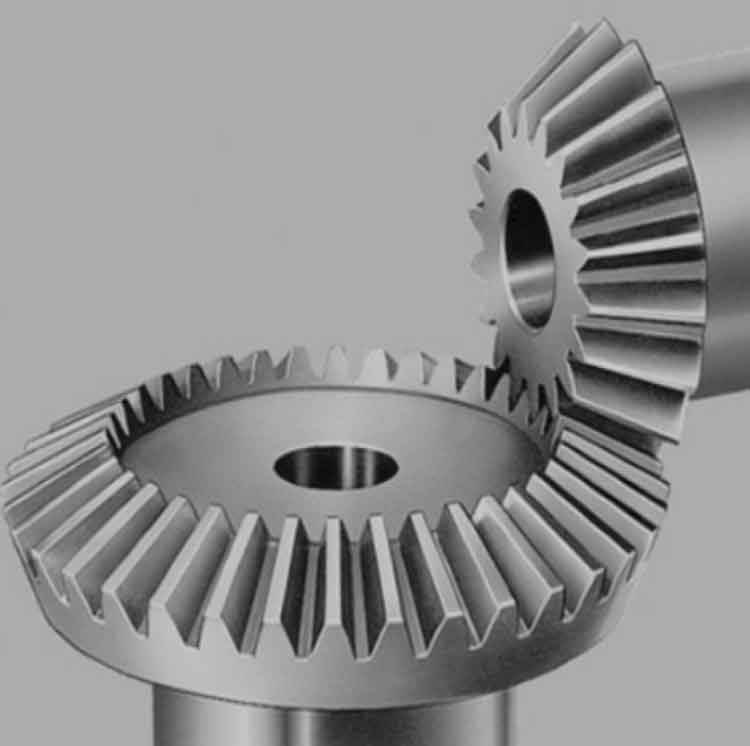Straight bevel gears play a crucial role in automotive transmissions, efficiently transferring power and torque between the engine and the wheels. They are widely used in both manual and automatic transmissions to enable smooth gear shifting and reliable power delivery. Let’s explore how straight bevel gears power the drive in automotive transmissions:

1. Power Transmission:
- In automotive transmissions, straight bevel gears are responsible for transmitting power from the engine to the drive wheels. They are typically used in the differential, which is a gear assembly that allows the drive wheels to rotate at different speeds while still receiving power from the engine.
2. Differential Function:
- Straight bevel gears in the differential allow the two drive wheels (left and right) to rotate independently at varying speeds. During cornering, the outer wheel travels a longer distance than the inner wheel, and without a differential, this difference in rotational speed could lead to tire wear, handling issues, and drivetrain strain.
- The differential compensates for these differences by allowing the wheels to rotate at different speeds while still receiving power from the engine, enabling smooth turns and improved vehicle stability.
3. Axle Assembly:
- In rear-wheel-drive vehicles, straight bevel gears are commonly used in the rear axle assembly to transfer power from the driveshaft to the drive wheels. The gears in the rear axle are responsible for changing the direction of the rotational force by 90 degrees, sending the power to the wheels.
4. Manual Transmissions:
- In manual transmissions, straight bevel gears are used in the gear set, which includes the input shaft, output shaft, and various gears with different ratios. The driver manually selects different gear ratios to match the vehicle’s speed and torque requirements. Straight bevel gears are employed in the gear set to achieve the desired gear ratio.
5. Automatic Transmissions:
- In automatic transmissions, straight bevel gears are often used in the planetary gearsets, which allow for multiple gear ratios without the need for manual shifting. The planetary gearset relies on the interaction between bevel gears and other gears to achieve the desired gear ratios automatically, depending on the vehicle’s speed and load.
6. Gear Meshing and Synchronization:
- The design and meshing of straight bevel gears in automotive transmissions are critical to ensure smooth and precise gear engagement during shifting. Synchronization mechanisms are employed to match the speeds of the gears before they engage, reducing gear clash and wear.
7. Efficiency and Reliability:
- Straight bevel gears used in automotive transmissions are designed to provide high efficiency and reliability under various driving conditions. Proper gear design, material selection, and lubrication are essential to minimize friction losses and wear, ensuring long-lasting performance.
Straight bevel gears are integral components of automotive transmissions, providing the necessary power transmission, gear shifting, and differential action required for smooth driving, efficient power delivery, and reliable vehicle performance. Their robust design and proper engineering ensure they withstand the demands of daily driving and contribute to the overall functionality and drivability of automobiles.
